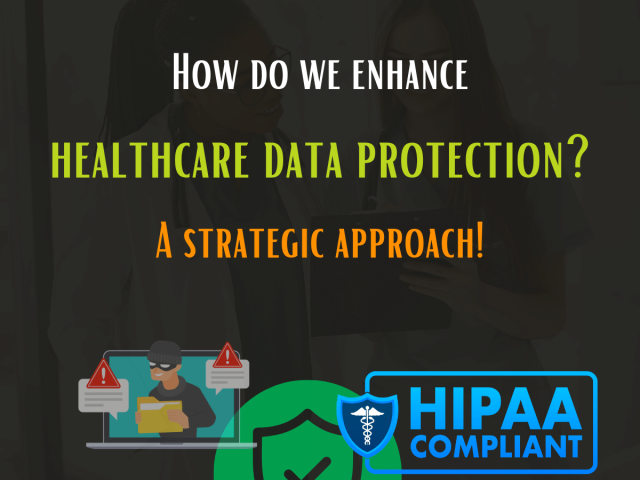SecOps comprises the cooperation of security and IT operations teams. They have their individual responsibilities yet are jointly responsible for security issues. To secure software application an approach towards practices, processes and the tools should be involved to achieve goals.
SecOps strategy considers the tools used to scan vulnerabilities. It gives better visibility, awareness of susceptibilities, and decision making for higher security. It increases the response rate to the threats and persuades threat prevention for uninterrupted protection.
COVID-19 remote work forces affects SecOps strategy due to a sudden rise in challenges of performance, and change in process. The change in SOC (security operations center) as a centralized unit dealing with technicalities of security issues on an organizational level is necessary. Around 76% of companies are adopting cloud faster than they had planned for.
Managing security in cloud environment is not the same as it was customarily. Set cloud account to perform a specific set of actions. It should include multifactor authentication for superior control. SOCs will never be same again due to the virtual or hybrid SOC that provides better security. There are greater number of security alerts received on cloud as compared to on premise, 75% of IT professionals agree to this.
AI (artificial intelligence) and ML (machine learning) will reduce the load in the future but currently finding trained professionals is tough. AI & ML based tools will reduce the human errors and call for processes in place for effective implementation. As of now only 65% of the companies have partially automated the processing of security alerts. Whereas 92% of companies believe that automation is of paramount importance. It means the progress is slower than needed. Almost 27% of companies have highly automated processes, have strong teams. With partial automation 31% of companies and high level of automation 49% of companies are capable to address 80% of security alerts.
Though 44% of executives spoke of a negative impact on budgeting due to pandemic-driven changes. The investing and budgeting will initially hike but it will bring stability to business, improve business reputation along with value-addition.
Remote work pattern has direct impact on the SecOps. As of now 43% of survey participants raised a concern about reduced workforce in companies. To accomplish new ways, you need to focus on one or two things that are most important for your organizational process improvement.
Choose out of four SOC models, Virtual, Multifunction, Hybrid or Dedicated SOC.
IRRESPECTIVE OF THE MODEL SELECTED, THE IT AND SECURITY TEAMS SHOULD DETECT THREATS AND RESPOND TO THE INCIDENTS.
Virtual SOC: It is managed by third-party SecOps experts, beneficial for companies with limited budget.
Multifunction SOC: A dedicated space run bythe internal team where IT & Ops run common SOC.
Hybrid SOC: A mix of third-party service providers and staff that perform SecOps either full-time or part-time in virtual/dedicated space or grouping both.
Dedicated SOC: Full-time staff in a physical space to focus on security and IT functions.
Implementation is challenging, assess the existing know-how, keeping the skills updated. This adds ability to customize the strategy. Aim at fewer configuration errors, standard compliance policies, and automation of key security procedures.
Current statistics on SecOps:
- 93% of teams are unable to serve all security alerts raised in a day, based on a study conducted in June 2020
- 99% of surveyed people feel that the higher number of alerts cause problems for IT teams to address the operational issues
- 84% recognize cloud and hybrid environments more advantageous as it is considered as better technology managing volumes of security alerts
- IT teams currently deliver 57% of overall growth in business applications
- 36% of companies with more than 10000 employees have highly automated workflows and 59% have partially automated process of security alerts
- The company size of 5000 to 10000 employees seem to have better results with 6% completely automated, 31% highly automated and 60% partially automated processing of security alerts
- 69% of the teams are found to spend 50% of their time on discussing network security issues.
What if IT & Security teams unite?
Awareness and actions based on information help with prioritization and decision making. The focus on security reinforces operational efficiency, minimal downtime, and high-end protection. Proactive vulnerability evaluation and better security assists in identifying and resolving issues.
Which areas should SecOps tools cover?
- DNS Security
- Detect and prevent the malicious network activities
- Anti-phishing protection
- Data discovery
- Visibility from packet level data monitoring
Home networks being unsecured are the biggest threats for organizations trying to succeed using the work from home setup. Though it is the demand of the current situation, the transition is not what we had planned. We humans are blessed to see the positive side of everything.
The efforts are not futile, nor is this investment a waste. In the future too, the companies are likely to continue the work from home for over 25% of employees.
The limitations of AI technology and other tools do exist, but at the same time they give power to deal with discrepancies of network security. Hackers will try to ill-use technology but there will be upholders who will continuously work towards strong and secured technology.
This shift will turn out to be a pioneer for change in the way all the industries function, plan, budget, market, employee, and make payments. New models of SecOps strategy need security monitoring and incident management due to greater exposure to risks. Applying best practices will help you avoid potential pitfalls. Innovate but don’t compromise security. Whatever your success metrics looks like ongoing advancement is essential.
Security and Operations work together to enable the cultural shift required during COVID-19 to succeed in working remotely. Observation of the last 5 years suggest 5 to 10 times increase in volume of security alerts. In last one year we can assume there is a tremendous increase in security alerts.
SecOps facilitates collaboration between these teams for amalgamation of technology and the processes to secure the systems and data. Improve on business agility and risk reduction without compromising security. Would you consider single or multiple solutions for on-premise and cloud security?








